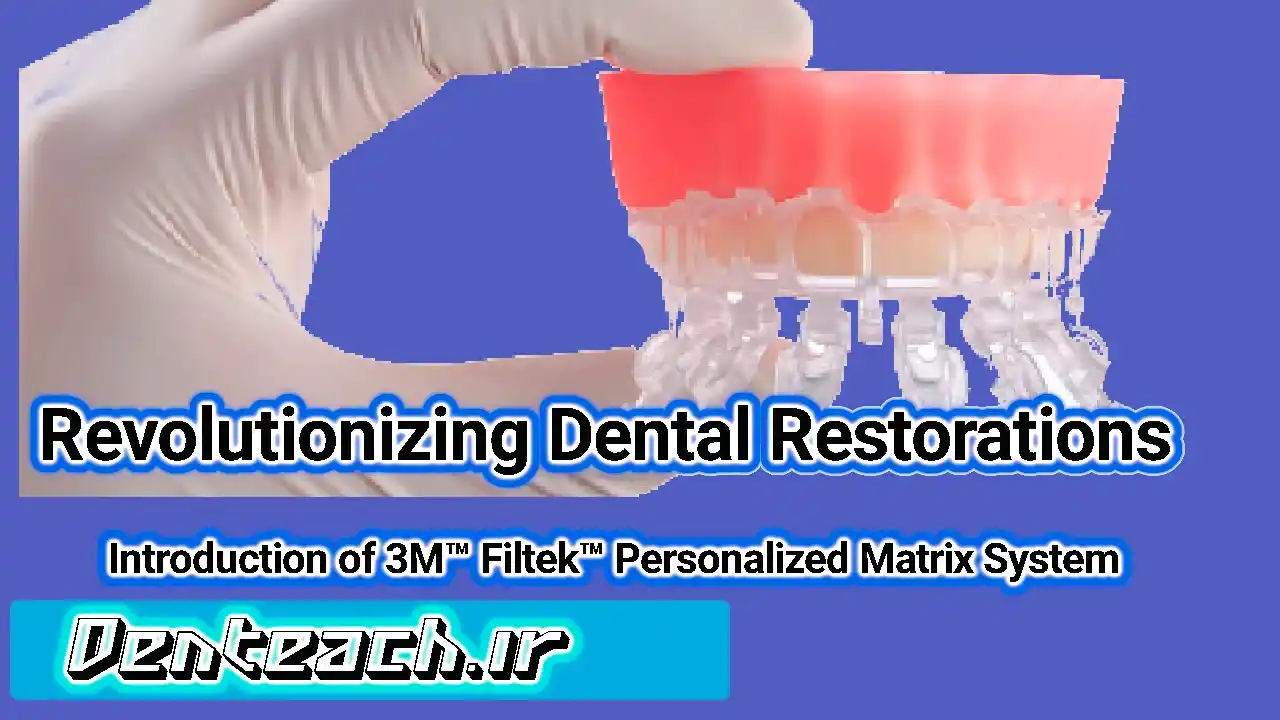Custom Tray Preparation and Functional Impression Process
This process ensures a precise and comfortable fit for complete dentures, promoting functionality and patient satisfaction. Here’s a detailed summary of the workflow:

Custom Tray Adjustments
- Initial Fit and Parallel Alignment:
Inspect the tray for sufficient space around the lip and cheek frenulum. When the patient bites, the bite plates should align flat and parallel, ensuring no discomfort. - Functional Margins in the Upper Jaw:
After rinsing and drying the tray, apply adhesive and Virtual Heavy Body material to the margins. Insert the tray carefully while the patient performs muscle-activating movements like sucking and shifting the jaw.
Lower Jaw Tray Placement

- Apply similar techniques as the upper jaw but prompt the patient to stick out their tongue and move it in various directions. Ensure material stability and trim excess, particularly around the dorsal area.
Functional Impression Taking
- Coat the tray interior with adhesive varnish and Virtual Light Body material for the wash impression.
- Insert and press lightly into position. Trim excess material, especially around the retromolar pads and tuberosities, to ensure accurate anatomical replication and later smooth function.
Adjustments for Accuracy

- Correct minor voids or inaccuracies using Virtual Extra Light Body. After removal, verify suction, stability, and anatomical detail.
- Test the vertical dimension by having the patient speak (e.g., “Mississippi” or counting from 60 to 70). Adjust wax rims or add material to achieve the correct dimension.
Occlusal Plane and Registration Preparation
- Align the setup with the Camper’s plane and bi-pupillary line. Use the Gnathometer CAD to make precise vertical adjustments.
- Apply wax for bite plate coloring, ensuring it’s cooled before use.
Tracing Functional Movements

- Insert impressions with the mounted Gnathometer CAD.
- Guide the patient through protrusive, retrusive, and lateral jaw movements multiple times until a clear arrowhead or Gothic arch tracing appears. Mark and verify the centric position.
Data Collection for Denture Fabrication
- Record midline and reference lines for the dental technician.
- Optionally use the 3D Universal Transfer Bow for skull-related orientation.
- Use the FormSelector to choose tooth size and shape based on patient preferences for aesthetics and functionality.
Final Steps
Send all collected data, including impressions, midlines, and tooth preferences, to the dental laboratory for denture fabrication. This systematic approach minimizes adjustments and enhances patient satisfaction.


